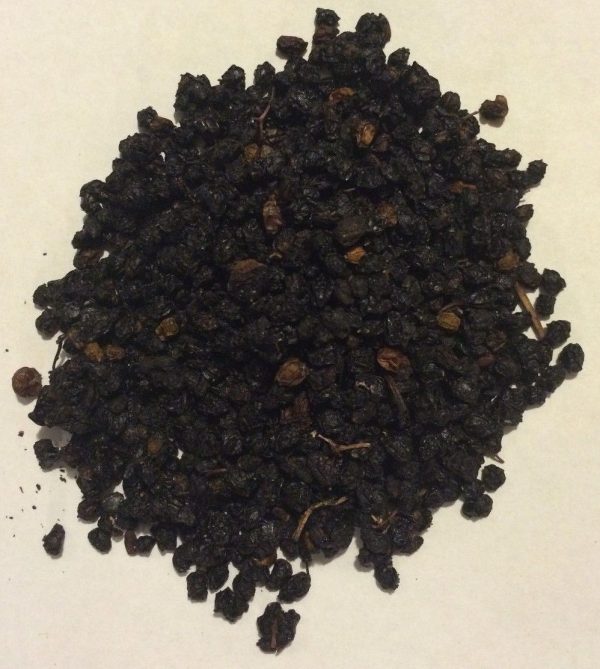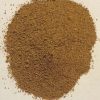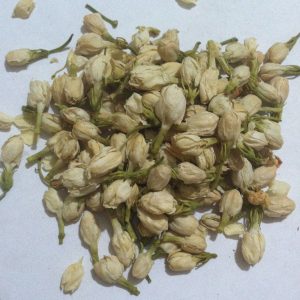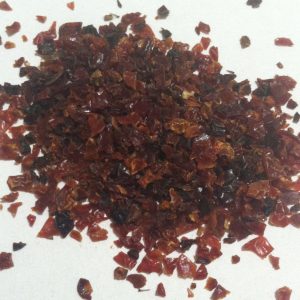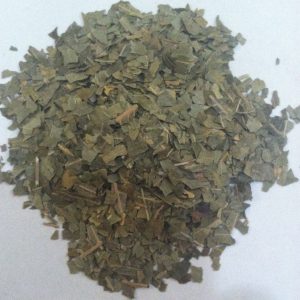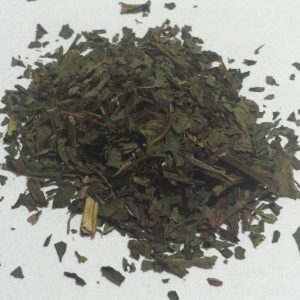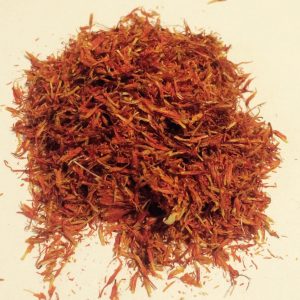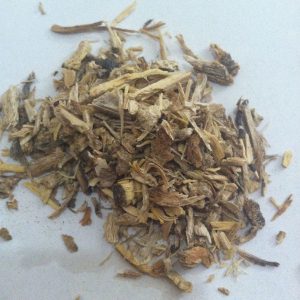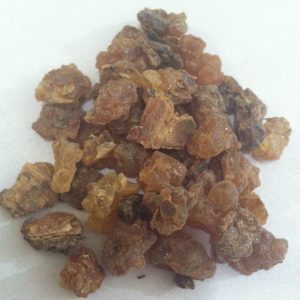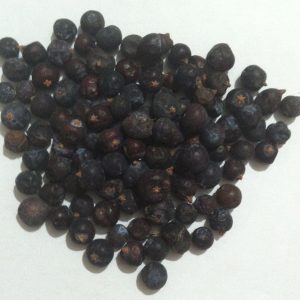Description
Common Name Standardized: European elder
Other: black elder Botanical Name Sambucus nigra L.
Plant Family: Caprifoliaceae Overview Introduction European elder is a plant native to Europe, Northern Africa, and Western-and Central Asia. Its flowers and berries have a long history of use in traditional European medicine. Elder berries have also been used for making preserves, wines, winter cordials, and for adding flavor and color to other wines. Constituents Potassium nitrate, sambucin, sambunigrin, sugars. The complex sugars of the berries are the immune-active fraction. Parts Used Most commonly the flowers or berries. Dried fruits are less bitter than fresh. The branches and leaves are poisonous. The small stem which is sometimes left on the berry is safe. Typical Preparations Teas, tinctures, encapsulations, syrups, wine, cordials, and even ketchup, often combined with propolis or echinacea. *Michael McGuffin, ed., American Herbal Products Association’s Botanical Safety Handbook, (New York: CRC Press, 1997) Precautions Specific: The raw fruit contains a component sambungin which may cause vomiting and severe diarrhea if ingested.
General: We recommend that you consult with a qualified healthcare practitioner before using herbal products, particularly if you are pregnant, nursing, or on any medications. For educational purposes only This information has not been evaluated by the Food and Drug Administration.
This information is not intended to diagnose, treat, cure, or prevent any disease.



